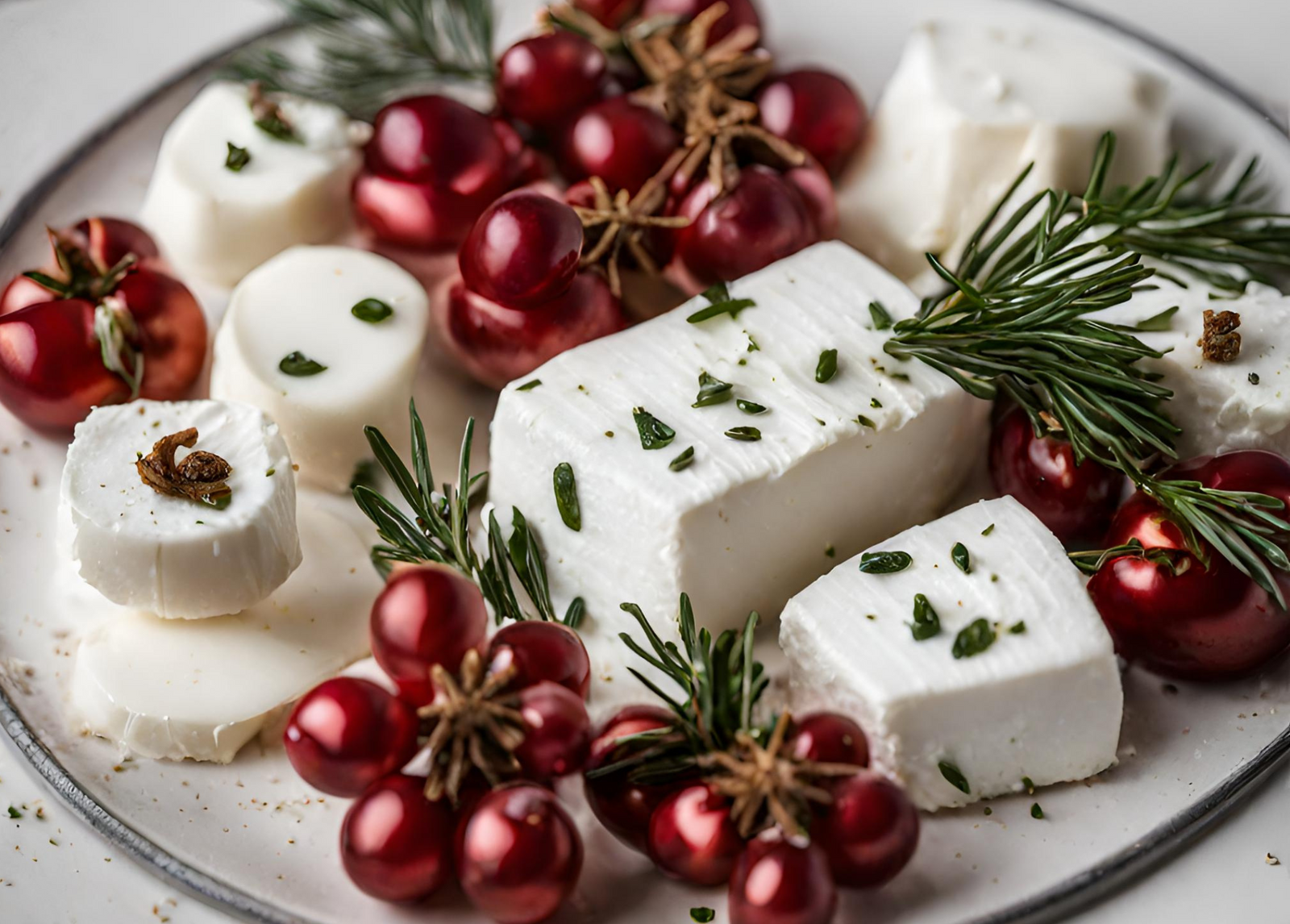Your Cart is Empty
HOLIDAY SALE ON NOW - GET AN AUTOMATIC 15% DISCOUNT ON CHECKOUT
HOLIDAY SALE ON NOW - GET AN AUTOMATIC 15% DISCOUNT ON CHECKOUT
HOLIDAY SALE ON NOW - GET AN AUTOMATIC 15% DISCOUNT ON CHECKOUT

October 05, 2023 4 min read 1 Comment
When it comes to milk, you've got options; there is cow's milk, goat's and buffalo's milk, and there are different percentages on the milk. But how does the animal it comes from change the milk? What do the percentages actually mean? We have all this and move covered! Let's Dive in!
When it comes to milk, you've got options. Beyond cow's milk, goat's and buffalo's milk offer unique nutritional profiles and creamy textures worth comparing.
Goat's milk is naturally homogenized, meaning the cream is dispersed throughout the milk, resulting in a creamy texture. It has smaller fat globules than cow's milk, giving it a naturally creamy mouthfeel without the need for homogenization. Goat's milk is also higher in certain nutrients like potassium, niacin and vitamin C. The smaller fat globules and different protein structure can make goat's milk easier to digest for some. However, it does contain lactose, so if you're lactose intolerant, goat's milk may still cause issues.
Buffalo milk, from water buffaloes, is richest in fat and protein. It has a creamy, rich texture and a subtle sweetness. Buffalo milk contains higher amounts of calcium, phosphorus, vitamin B2, and conjugated linoleic acid. It is more heat-stable due to its higher solids content, so it has a longer shelf life and can be used to make yogurt, cheese, and other cultured dairy products. However, it is difficult to find in some parts of the world.
Good old cow's milk is a versatile staple, used to make everything from butter and cheese to yogurt and ice cream. Cow's milk comes in a range of fat percentages, from skim to whole. In general, milk from grass-fed cows contains a better balance of omega-3 to omega-6 fatty acids. While cow's milk is a common allergen, especially for infants and children, for most people it remains a nutritional powerhouse and dietary staple.
When it comes to cow's milk, you've got options. The two most common are whole milk and 2%. But what's really the difference?
Whole milk, also called full-fat milk, contains 3.25% milk fat. It's creamy, rich and filling. If you don't mind the extra calories, whole milk provides fat-soluble vitamins like vitamin D and vitamin A.
2% milk has had some of the fat removed, so it contains 2% milk fat. It has a lighter, tangier taste than whole milk and fewer calories. Most people find 2% to be a good balance of nutrition and flavor.
1% milk and skim or non-fat milk have had even more fat removed. 1% milk has 1% milk fat, while skim milk has nearly 0%. These are the lowest in calories but tend to lack richness in flavor and fat-soluble vitamins.
No matter which type you choose, cow's milk provides calcium, protein, B vitamins and minerals. The differences really come down to how much fat and how many calories you want. For some, whole milk is too rich but 2% or 1% fits the bill. For others, skim milk is perfect for keeping calories in check.
In the end, choose what tastes best and fits your nutritional needs. Whether whole, 2%, 1% or skim, cow's milk has benefits. Why not give each a try and see which creamy concoction you enjoy the most?
Non-homogenized milk, also known as cream-top milk, is milk that still has the cream layer on top. The milk fat globules in non-homogenized milk are left intact, rather than broken up and dispersed throughout the milk like in homogenized milk. This allows the lighter milk fat to rise to the top, creating that thick layer of cream.
When buying non-homogenized milk, you have a couple of options. You can buy whole milk, which contains the full 3.25% milk fat, giving you a very thick layer of cream on top. Alternatively, you can choose partially skimmed milk like 2% or 1% milk fat. These will still have a cream layer, but it will be slightly thinner. Either way, the cream contains milk solids and milk fat, making it perfect for whipping or adding to your coffee or cereal.
The downside to non-homogenized milk is that the cream layer and milk layer have to be mixed before drinking or the milk fat content and nutrition can vary in each sip or pour. Many people enjoy the nostalgic experience of shaking the milk bottle to mix it all together before pouring a glass. The cream and milk can also be separated and used for different purposes like making butter, cream or skim milk.
Some studies show that the milk fat globules in non-homogenized milk may be easier to digest for some people. The milk proteins have not gone through the same mechanical process, so they retain their original structure. However, non-homogenized milk has a shorter shelf life and may require more frequent stirring or shaking before drinking to disperse the cream evenly.
For a unique milk experience, non-homogenized milk offers a chance to enjoy milk the good ‘ole way - with the cream on top! Shake and enjoy.
Comments will be approved before showing up.

December 19, 2024 2 min read

December 05, 2024 2 min read
Sign up to get the latest on sales, new releases and more …
Debra Howley
October 06, 2023
That’s great but I’m not a farmer. I’ve tried a couple of times to make mozzarella but I can only get pasteurized milk and so far it has just not worked out. It never gets smooth and stretchy. It’s edible, but not amazing, so not really worth the effort and expense.